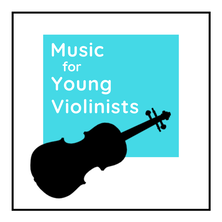|
Learn How To Do Vibrato On The Violin With a New & Ergonomic Approach To Teaching Violinists Vibrato Using "Cello Position" As a teacher, the hardest thing for me to dissect for my students was vibrato (raise your hand if you can relate). After 15 years of teaching, I finally figured out an ergonomic and effective protocol to unlock the mystery of learning vibrato on the violin. The keys to establishing proper vibrato technique lie in understanding what makes it hard in the first place:
Once we take out these 2 elements, vibrato is clear to understand and easy to learn. Watch the video below for a demonstration, a teaching sequence for younger players and tips for practicing. This how-to learn vibrato on the violin video is for:
Please visit the FREEBIES page for more resources to support left-hand technique: Do you have a tip to help learn vibrato?
We would love to learn from you, please share in the comments below.
11 Comments
Have you ever received advice from a teacher that may work for everyone else but would end your (or your child's) violin career? We live in the information age where everyone seems to have an "expert" opinion about what is best. However, that does not mean that it is the "best" for your unique situation. Learn how to evaluate what is best for your (or your child's) practicing needs with this blog and video post explaining the importance of context. 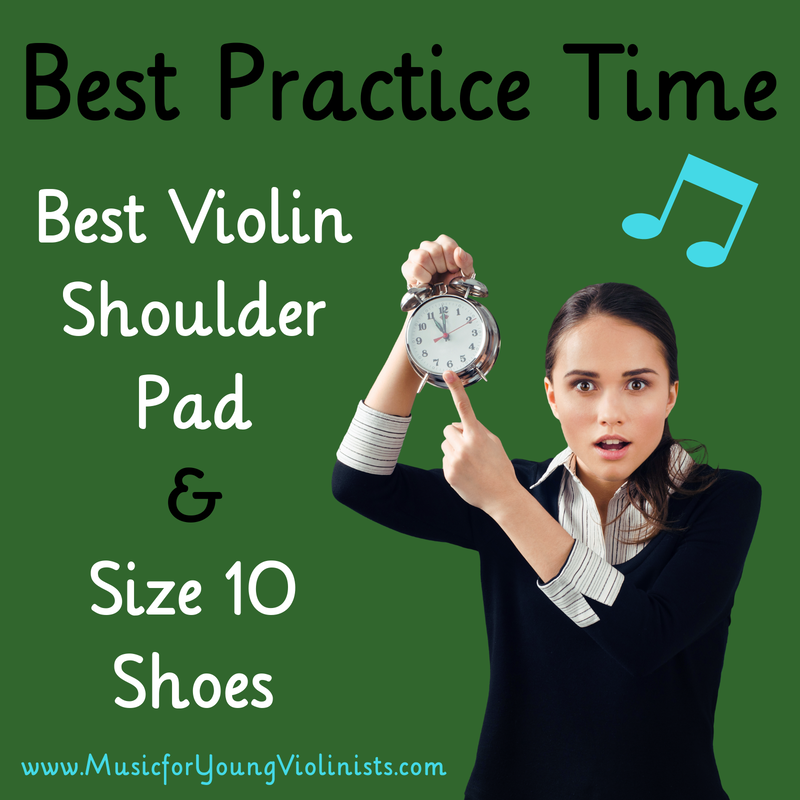 Everything in this world exists in context including when to practice and what shoulder pad to use. Here I share my favorite metaphor about why size ten shoes are the best size to explain the importance of context and how to evaluate what is going to be the best formula for your (or your child's) violin practice needs. I felt that if I was going to do a series on practicing, which in itself asserts that I have an expert opinion on the subject, that it would be insincere to publish these posts/videos without adding the balancing view that this contribution to the practicing series adds: Life exists in context. What exactly do I mean by this? I think most violin teachers would agree that practicing in the morning is the optimal time to practice - the mind is fresh, the daily responsibilities have not accumulated yet (for either parent or child). Also, by practicing first thing in the morning, you achieve the triumphant feeling of having accomplished something of significance at the start of the day which empowers a young person to proceed confidently through the rest of their day. However, I know that more than one person reading this would assert that practicing first thing in the morning would be the kiss of death for their child or student because it would lead to negative power struggles as the child works against their delicate circadian rhythms resulting in defeat for all parties involved. Morning practice routines are just one example of many that we as adults have to consider in context when teaching the violin to young children. Other areas that come to mind are shoulder pads, chin rests, repertoire sequencing and musical genres. Keep the concept of context in the back of your mind when working with young musicians to help best support them in their journey learning the violin. Do you know what finger patterns are? If you have not started finger patterns yet, then today is the day! It will take you about 4 minutes to learn the finger patterns and then 1 minute/day to practice. You will benefit immensely from mastering finger patterns and they will help you build technique, make music theory applicable to violin playing and aid you in learning your repertoire faster. Keep scrolling to learn more. The best way to learn finger patterns without an instructor is thru either a chart or a tutorial video (like the ones below) . I like to teach them in the sequence displayed below and include the less common finger patterns of 1-2-3 and 2-3-4 together as well as all fingers together (half steps) and all fingers apart (whole steps). Once you have these mastered, the next step is to start applying them to your music. Now that you are thinking in terms of half-steps and whole-steps, mark these into your music so the concept starts to click. After a while of using finger patterns, you will notice you learn pieces faster and have improved intonation. Did you catch the fun pop reference? Here are some hints: The sci-fi TV show and movies Star Trek & character Spock Have a violin finger pattern tip?
Please let us know in the comments below, thanks! I love spreading inspiring ideas to violin teachers that help you bring out the best in your students and thrive in the heartfelt work you do. I created a new page here on the Music for Young Violinists project called "Things I Love" as a resource list to share with you things that I have used in my violin teaching over the years and had success with. Some of the items listed here are things that have stood the test of time and worthy of praise such as my Korg metronome which has been dropped 100 times in 15 years, rarely needs a battery replacement and still works fine. Other resources may be lesser known products worthy of spreading the good word about like the Poly-Pad shoulder sponge. This page will be growing on a regular basis so please check back soon. Featured on “Things I Love” is Helping Parents Practice (Ideas for Making it Easier) Volume 1 by Edmund Sprunger. This is HANDS DOWN my favorite resource to use in supporting parents practicing with their children. I appreciate this book so much that I have practically underlined every sentence in my copy because it is so clarifying and poignant. Sprunger combines decades of experience teaching Suzuki violin with his formal training in psychology to offer wise and compassionate perspectives that will elevate a parents understanding of why their child is responding or behaving in a certain way. He also offers solutions that are effective and healthy for addressing these specific situations. The book is divided into sections by practice topic and then further broken down into 2-5 page solutions for specific scenarios that a parent would encounter while helping their child practice. This concise organization was done with the busy teacher/parent in mind and makes it an especially convenient tool because you can look up your immediate situation without having to read an entire book. Thank you Ed and please let us know when Volume 2 is available. Learn more about Ed Sprunger and his resources HERE. To celebrate this new page we are giving away Ed Sprunger’s new book: Building Violin Skills: A Set of Plans Designed to Help Parents and Children Construct Positive Practices. To enter, just list one “Thing You Love” for your teaching and music making in the comments below. Winner will be chosen at random at the end of the month.
|
Categories
All
Archives
February 2024
AuthorHi! It's me, Heather. I absolutely love working on the Music for Young Violinists project and all the many facets: blogging, website, music, teaching materials, freebies, videos, newsletter and giveaway contests. The best part is connecting with you so feel free to drop me a line. You can learn more about me on the "ABOUT" page. Thanks! |
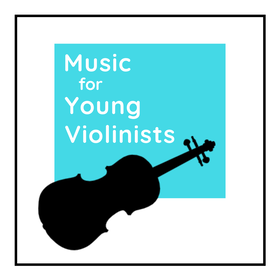
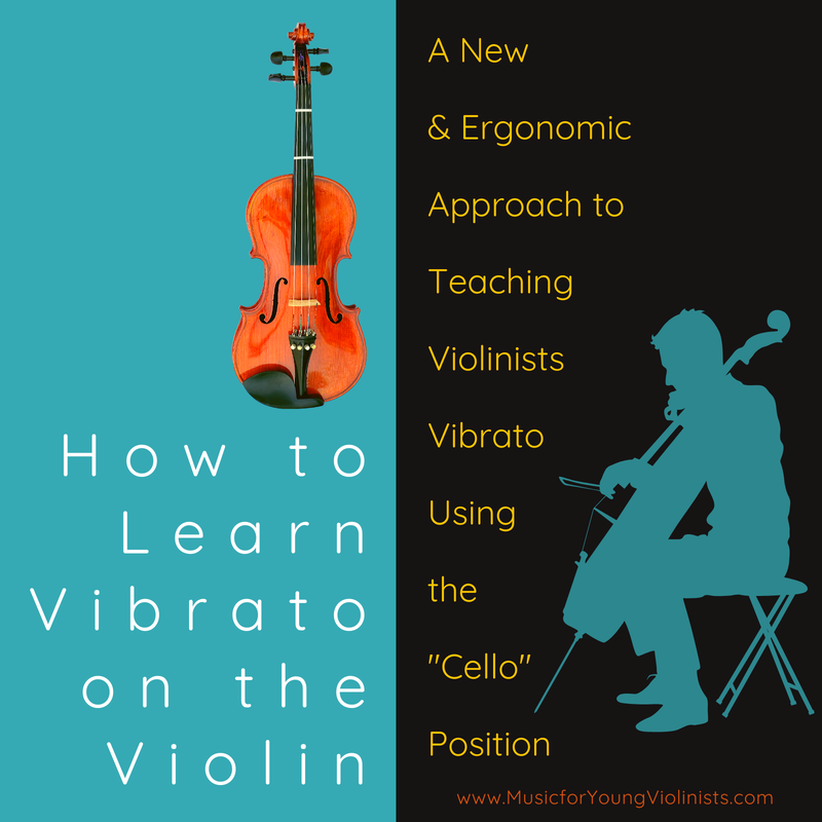
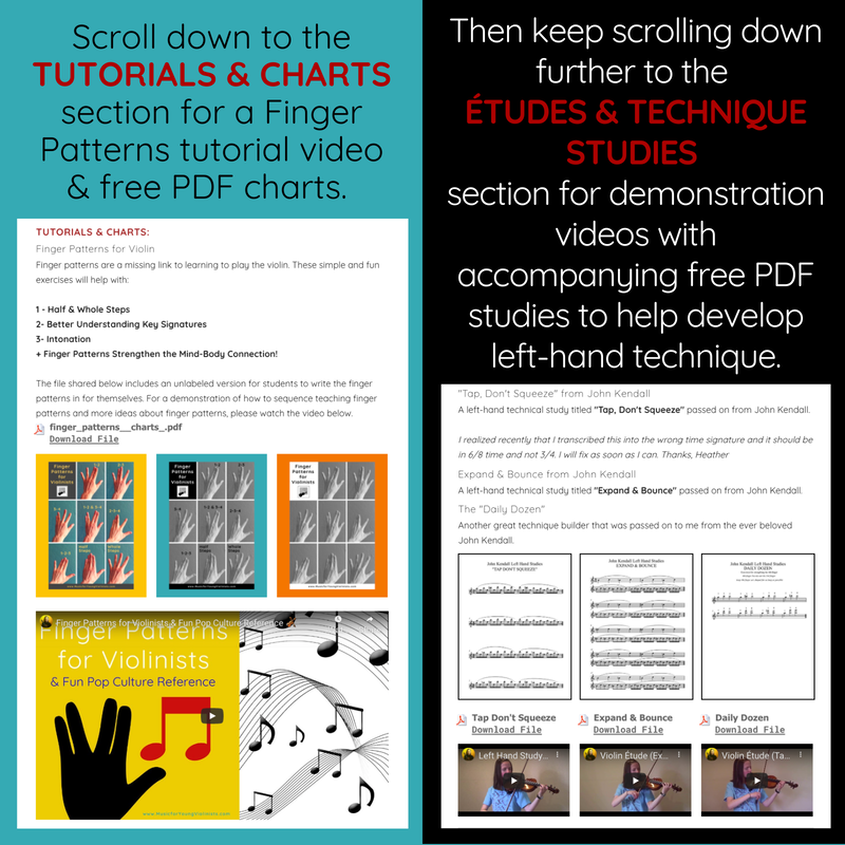
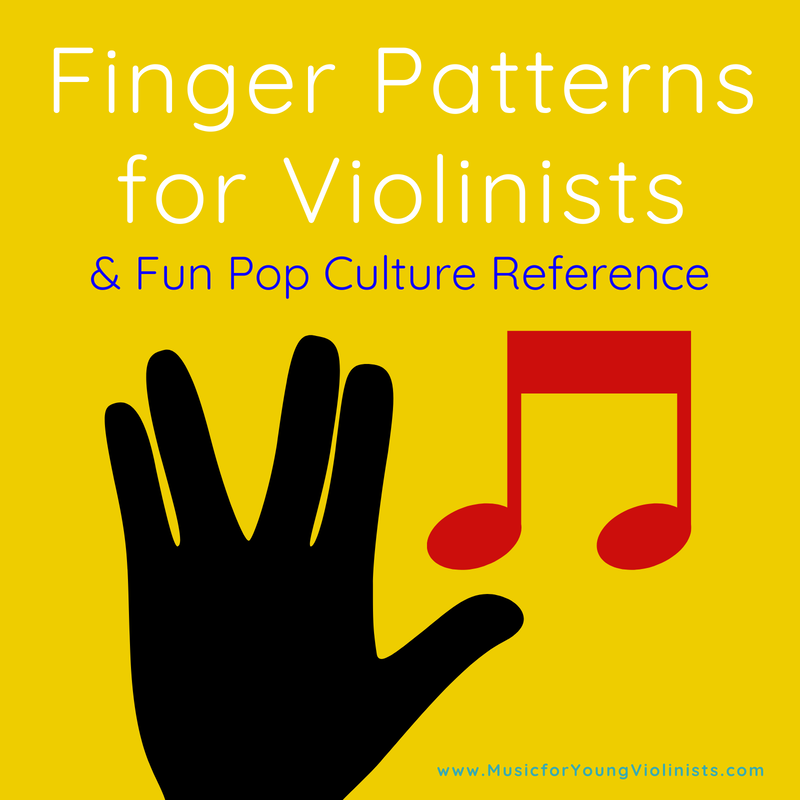
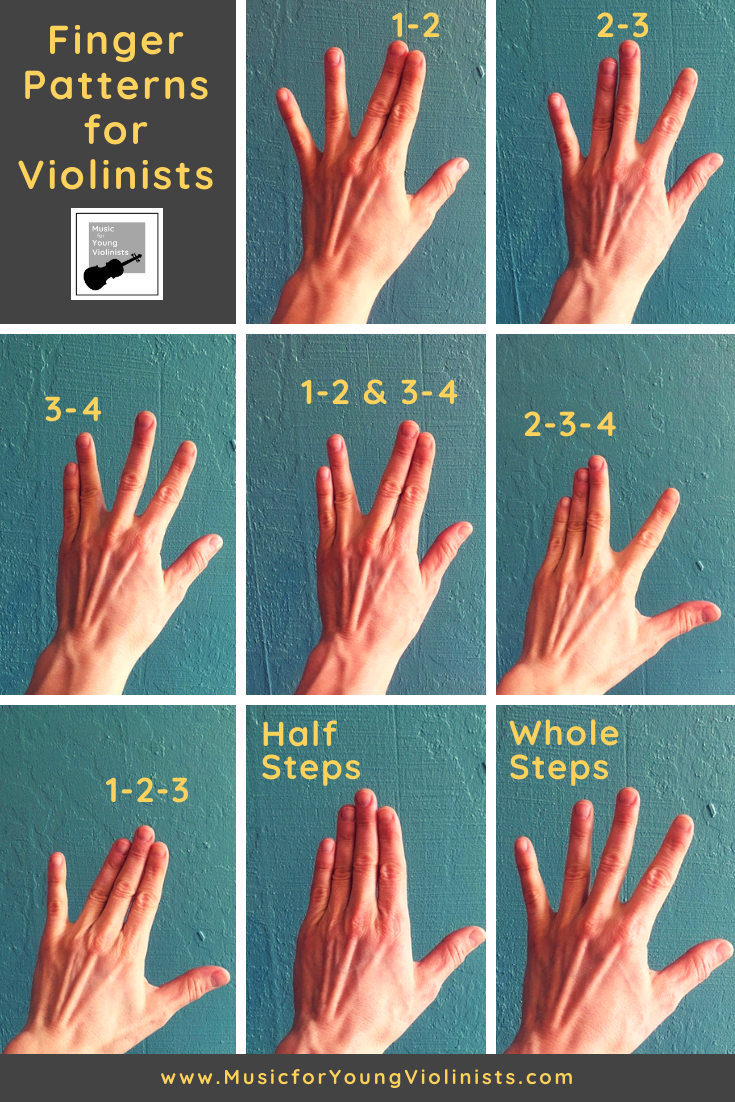
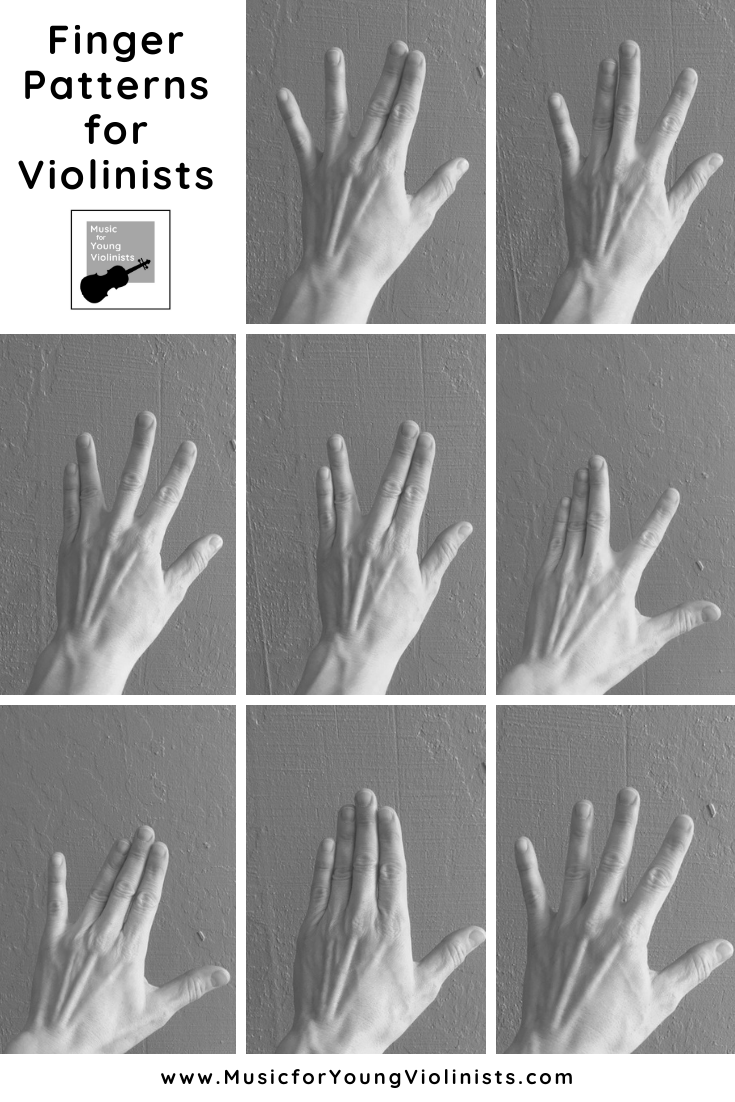
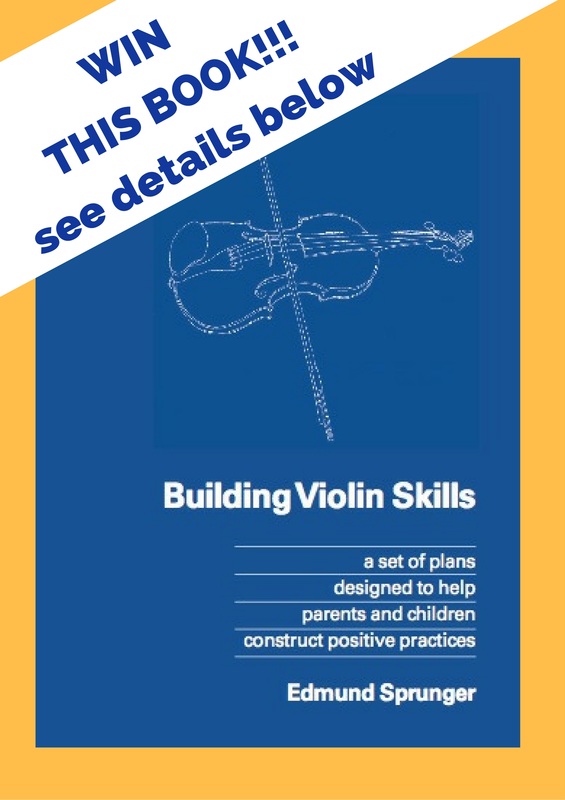
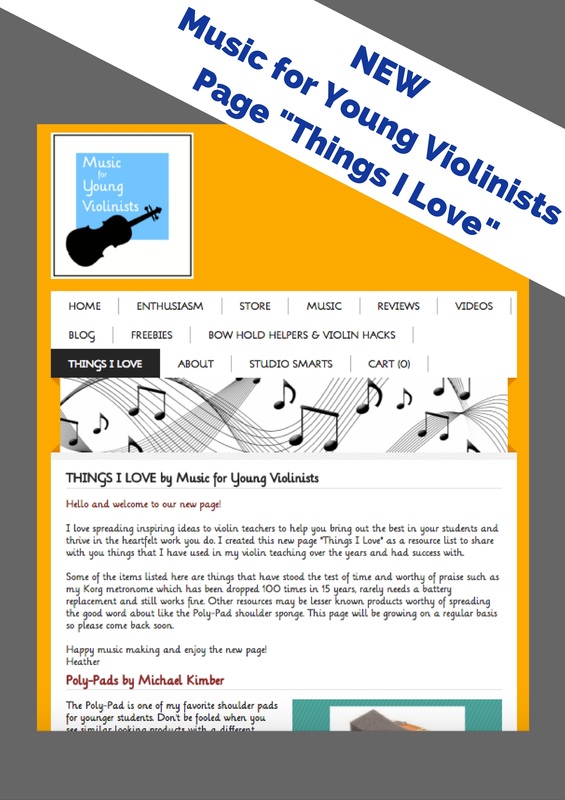
 RSS Feed
RSS Feed
